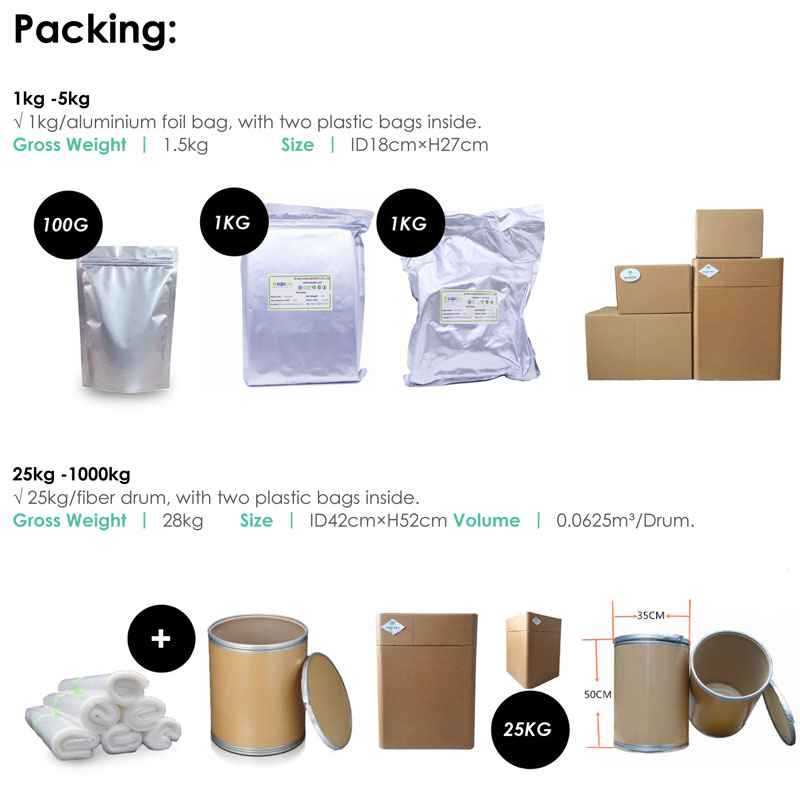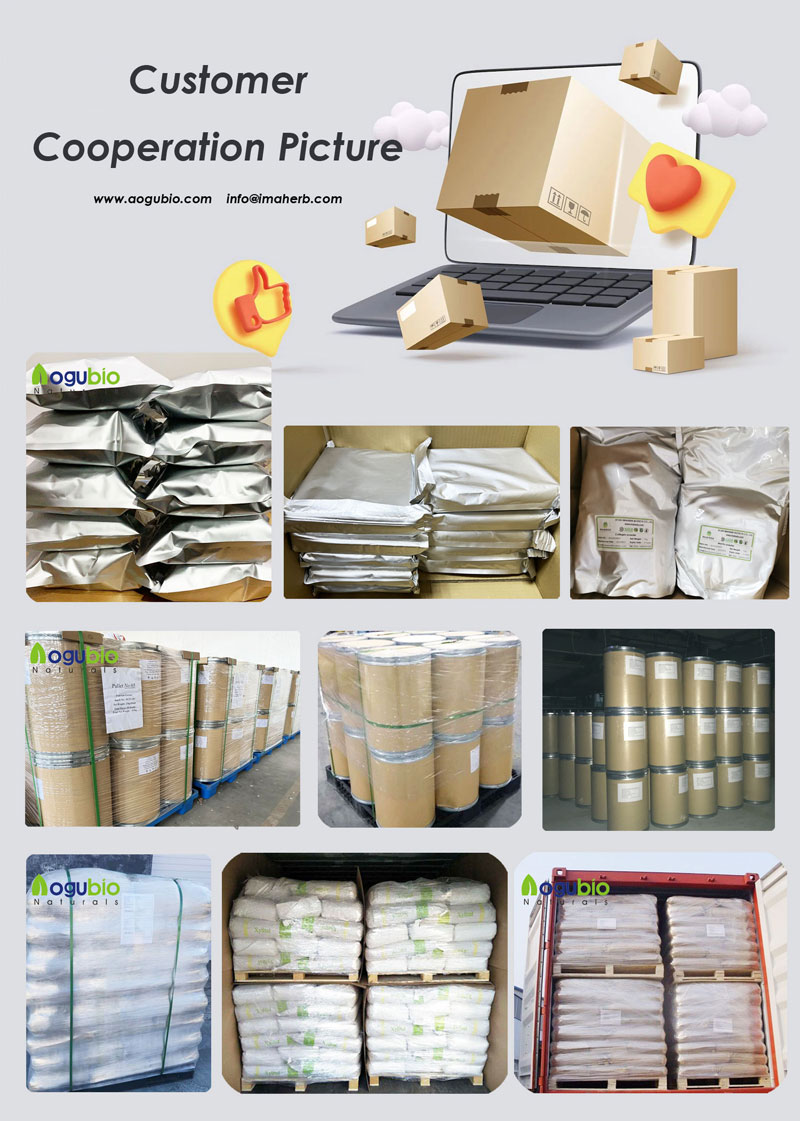Activated Charcoal Powder Cosmetic Grade Activated Carbon Powder
Products Description
The process of calcining materials like sawdust, peat, coconut shells, and olive pits yields charcoal powder. In order to increase porosity and produce smaller volume pores, which in turn increases surface area and improves adsorption, it is activated by heating charcoal at high temperatures, usually with steam. Peat, coal, wood, coconut shells, or petroleum can all be used to make common charcoal. Common charcoal is heated to approximately 900°C in the presence of a gas (typically steam) to create activated charcoal. This process causes the charcoal to develop numerous internal spaces, or "pores," which aid the activated charcoal in trapping chemicals. During this procedure, impurities on the charcoal's surface are also eliminated, greatly enhancing its capacity for adsorption.
Cosmetic grade activated carbon powder is a finely milled form of activated carbon that is specifically processed and purified for use in cosmetic and personal care products. It is known for its adsorptive properties, which allow it to bind to impurities, toxins, and excess oils, making it a popular ingredient in various beauty and skincare formulations.
The dried, carbonaceous product of heating organic materials is charcoal powder or powdered charcoal. Its black color serves as a black pigment in cosmetics. It is mainly used as an abrasive, absorbent, and opacifying agent in cosmetics and personal care products.
Function
- Detoxification: Helps to remove toxins and impurities from the skin.
- Oil Control: Absorbs excess oil, making it beneficial for oily and acne-prone skin.
- Pore Minimization: Can help to unclog pores, leading to a clearer complexion.
- Whitening: In oral care, it is believed to help whiten teeth by removing surface stains.
Applications
Charcoal powder or activated charcoal powder is used as an abrasive to remove materials from the body surface, clean teeth, and provide shine. It removes dirt, toxins, and impurities. It also absorbs water or oil, and reduces the transparency or translucency of cosmetics, thus working as an opacifier. The promise of activated charcoal powder is that it defeats skin's absorption by having a stronger adsorption capacity, leading to healthier skin and a more even complexion.
- Oral care: Its abrasive nature may help to remove stains like coffee stains and plaque from the teeth, helping them to look clean and whiter
- Decorative cosmetics: It is used in eyeliners, eye pencils, eye shadows, mascaras, blushers, brush-on-brow, foundations, and nail enamels. Concentrations used for cosmetics typically range from 0.001% to 10%, with 0.001% for skin care products, 5% for nail polish and mascara, and up to 10% for other eye-decorating items like eyeliners, eye pencils, and eye shadows
- Facial Masks: Activated carbon is often used in clay masks and peel-off masks to help draw out impurities from the skin.
- Cleansers: It can be found in facial cleansers and scrubs, where it helps to remove dirt and excess oil.
- Exfoliants: Due to its gritty texture, it can also serve as a natural exfoliant.
- Charcoal Soap: Activated carbon is commonly used in soaps for its cleansing properties.
- Oral Care: Some toothpaste and mouthwashes include activated carbon for its ability to absorb stains and toxins.






















